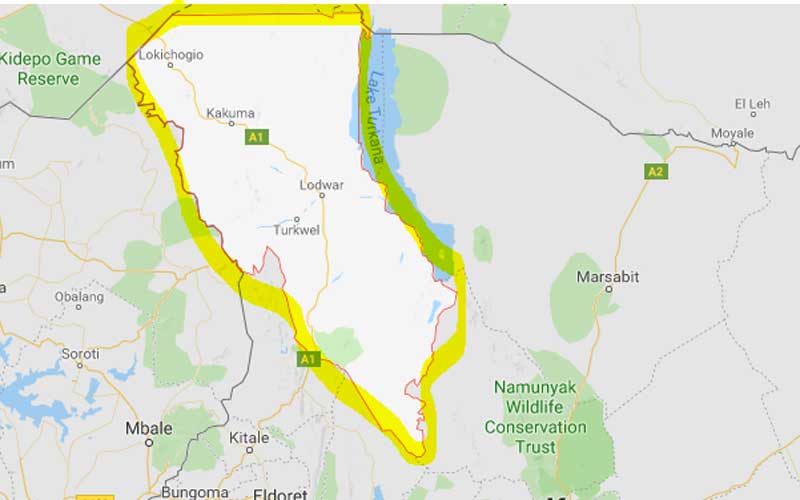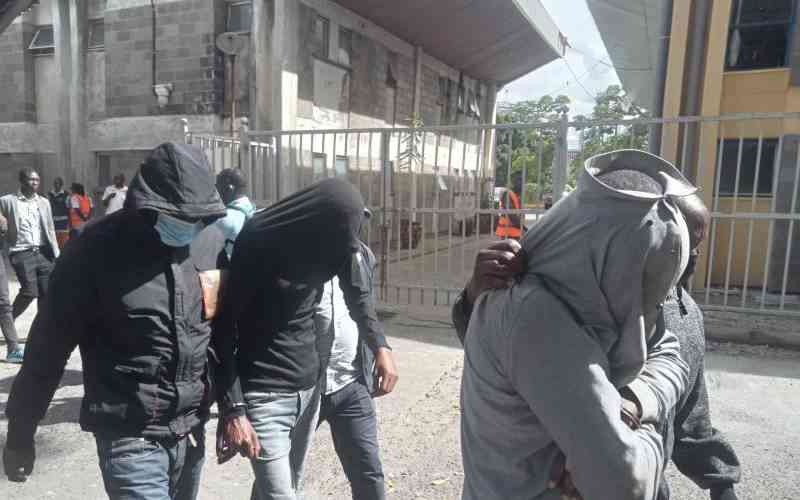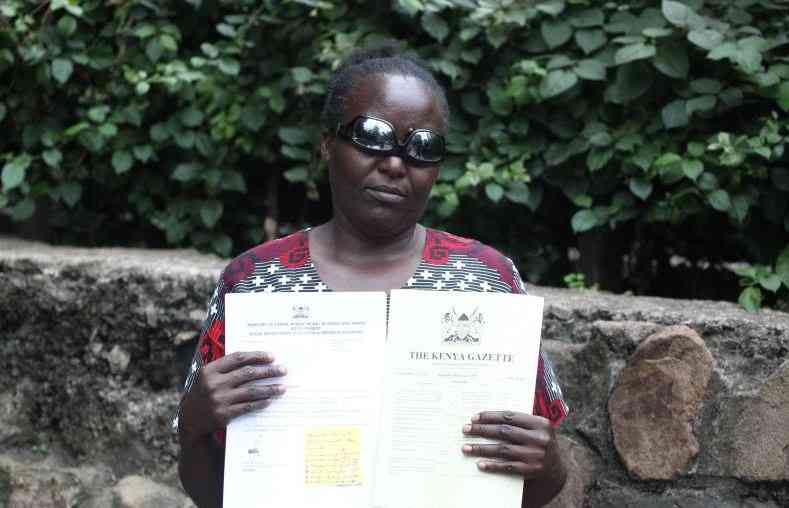
The uneasy relationship between foreign capital and indigenous lands in Africa has only increased with the emergence of new resource frontiers and grand nationalist visions of infrastructural development in Africa. As multinational corporations push further into Kenya’s vulnerable and indigenous territories in the quest for investment opportunities, narratives of displacement and land dispossession follow in their wake.
In 2012, the Kibaki government launched the Lamu Port South Sudan Ethiopian Transport (LAPSSET) corridor, a Sh2.5 trillion infrastructure project that would comprise highways, oil pipeline, railways, resort cities, a 32- berth port in Lamu, airports and fibre optic cable, connecting Kenya, Ethiopia and South Sudan. Granted, infrastructure has been conceived as the enabler for development and the zenith of what it means to be a modern society.
The flip side and often muted aspect of this narrative is that, if not well managed, infrastructural development could be counterproductive and unsustainable. Without adequate controls, what emerges is the privatization of gains and socialization of losses. Along with the LAPSSET, oil and mineral discoveries were announced in Turkana County, with promises of new found “wealth” for the region and the country as a whole. Eight years on, the promised ‘development’ continue to materialize in words with little or no tangible benefits for the larger population.
Climatic impacts
Recently, the National Land Commission (NLC) gazetted 6,348 hectares of grazing lands to be acquired for the development of the South Turkana oil project. Added to this are the land enclosures in Kapese, Lokichar, leased by Africa Camp Solutions who in turn sub-lease to Tullow, and the recent interest by the army to acquire huge tracts of land. It must be noted that these land-based engagements have set off a significant disruption of the territorial and land use in Turkana, not to mention the already enclosed well pads that sit on critical grazing ecosystems.
Undoubtedly, these developments are important for the region to the extent that livelihoods and everyday income indices desperately need a boost. What I question is the entire investment and development of oil that will be done and dusted in 30 years, and the real climatic impacts of these extractions. It is not my decision to make, but it is my concern to raise; a conversation to be had. While the Constitution of Kenya and the Community Land Act (2016) vest the management and administration of community land in communities, the County Government holds the land in trust for the community.
However, the continued lack of real engagement and participation of the owners of the land creates considerable uncertainty regarding the status, extent and security of their territories.With plans to develop the oil in Turkana for the next thirty or so years, it is not wise to start this on the wrong footing. It is critical to have a well -meaning engagement, embracing the constitutional position that resources belong to the people but held in trust by the state.
Clearly articulate
We have to strive to amplify the real voice of the Turkana whose territories are being acquired. And because of their exclusion, these land engagements can be termed as land grabbing. The present tokenistic community engagement does not embrace the spirit of public participation provided for in law, and does not meet the principles of Free, Prior and Informed Consent (FPIC), one of International finance Corporation’s (IFC) safeguards for financing of the oil in Turkana.
To many, Turkana is imagined as a vast expanse of dry lands, a painted mosaic of desert ecosystems, of unforgiving nature. What is not known is that Turkana is a place, a people and a language and not just a land of oil, a store of value, or a space for urban expansion. Turkana land defines a constellation of social-cultural and political relations of the people to their lands, giving them a sense of identity and belonging. What we have seen from the current disruptions is a move towards the privatization of the commons, the contraction of pastoral migratory routes, and the onset of climatic impacts part of which are directly related to the extractive activities.
These dire circumstances are contributing significantly to the current food insecurity facing Turkana and its neighbors. In a region where 78 per cent of the population are pastoralists, a meaningful Environmental and Social Impact Assessment (ESIA) needs to clearly articulate the acquisition of resources, land, disruptions of migration patterns and the reality of what these lands will look like post oil.
The current standoff from the petition filed by the residents of Turkana provides a great opportunity to redesign a process that was initially constructed to fail. Not only for the oil in Turkana, but also for LAPSSET, Lake Turkana Wind Power (LTWP) and other projects traversing critical community lands and territories. The tragedy that looms, is our short-sighted exploitation of the very lands upon which our survival is dependent.
Ms Ang’elei is the Executive Director, Friends of Lake Turkana
Stay informed. Subscribe to our newsletter
 The Standard Group Plc is a
multi-media organization with investments in media platforms spanning newspaper
print operations, television, radio broadcasting, digital and online services. The
Standard Group is recognized as a leading multi-media house in Kenya with a key
influence in matters of national and international interest.
The Standard Group Plc is a
multi-media organization with investments in media platforms spanning newspaper
print operations, television, radio broadcasting, digital and online services. The
Standard Group is recognized as a leading multi-media house in Kenya with a key
influence in matters of national and international interest.
 The Standard Group Plc is a
multi-media organization with investments in media platforms spanning newspaper
print operations, television, radio broadcasting, digital and online services. The
Standard Group is recognized as a leading multi-media house in Kenya with a key
influence in matters of national and international interest.
The Standard Group Plc is a
multi-media organization with investments in media platforms spanning newspaper
print operations, television, radio broadcasting, digital and online services. The
Standard Group is recognized as a leading multi-media house in Kenya with a key
influence in matters of national and international interest.






